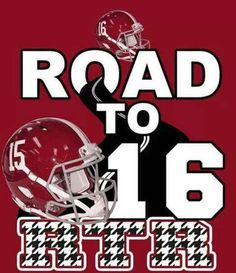Where to Watch Week 1 – College Football
It’s time to get the your recliner in the correct spot, a table for snacks nearby and the remote sitting next to you as College Football begins this week. Instead of fumbling around looking for games, here is a handy guide for Week #1. Thursday, September 1 Charlotte at…

